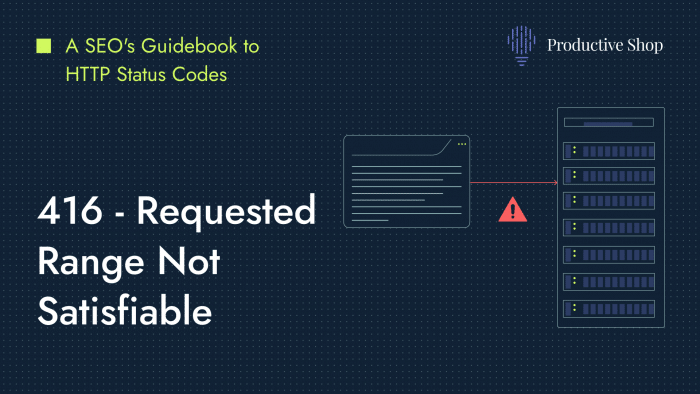The 300 status code indicates that there are multiple options for the resource that the client can access. This is usually due to the presence of multiple versions of the same resource, such as different language versions. The server will typically provide a list of available options in the response.
The cause of a 300 code is typically due to having different versions of the same resource, such as different language versions. The server will typically provide a list of available options in the response.
An example of a 300 code would be if you went to a website and there were multiple versions of the same page in different languages. The server would then provide a list of available options for you to choose from.
Fixing a 300 code is typically as simple as providing the client with a list of available options for the resource. In most cases, the server will already have this list available.
One thing to remember with 300 codes is that incorrect redirects can sometimes cause them. So, if you encounter a 300 code, be sure to check your redirects to see if they are pointing to the correct resource.
RFC#: 7231 Section 6.4.1
— Need technical help? 👉 Start with a reliable SEO Audit —






